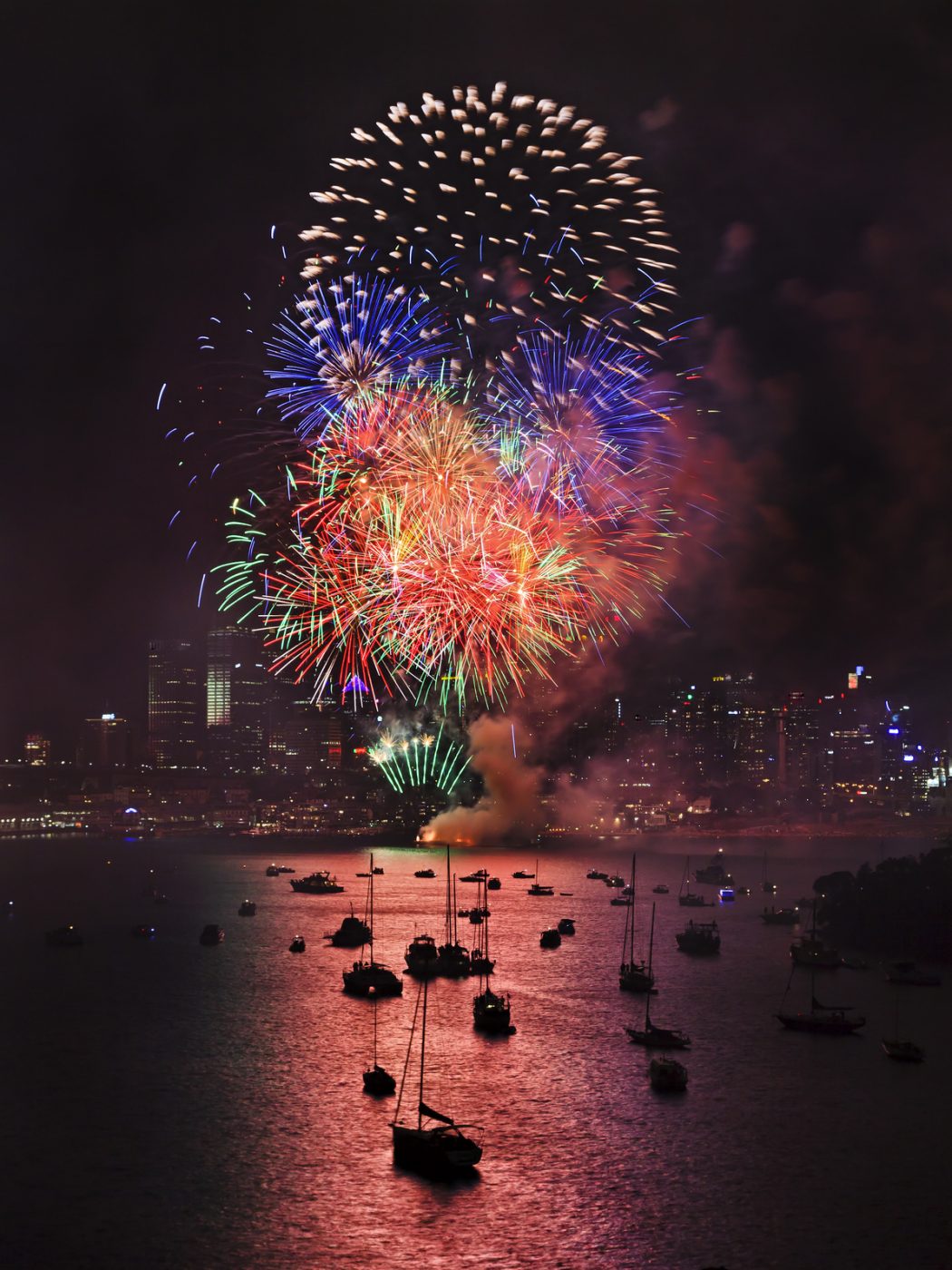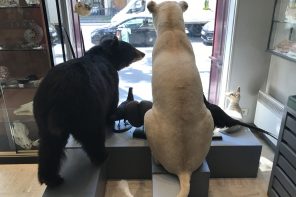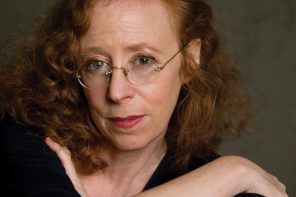It’s the most famous firework display in the world, one that people come from all over the world to see. New Year’s Eve on Sydney Harbour is, for many tourists, a once-in-a-lifetime night, when the sky is lit up with fireworks from North Sydney to the city, down the Parramatta River, and across the Harbour Bridge.
So it’s no surprise to learn the display is a vast enterprise that takes 15 months to create, from planning through to the final bursts of light. Of the many people involved, two are particularly important: Rhoda Roberts, the newly appointed creative director, and Fortunato Foti, director of Foti International Fireworks, the company that creates the actual pyrotechnics.
The designer
Rhoda Roberts, who has the job for three years, is no stranger to ambitious enterprises. A broadcaster, artist and creative director, Ms Roberts has worked on some of Australia’s biggest events, including the Sydney 2000 Olympic Games. She says the most important part of her new job is coming to terms with the structure of the Harbour Bridge itself, which she needs to understand if she is to create the fountains of fireworks that gush over its side at the end of the event. “The bridge effect is done with thousands of rope lights, which have a certain weight,” she explains. “I might want 100 things, but it might have to be compromised because logistically it can’t happen.” But she adds that it’s not as difficult as it sounds, as she’s not reinventing the event from scratch. “Over the last decade it’s had an incredible array of creative directors who have challenged what can be done on the Bridge, so there’s a template there.”
Each New Year’s Eve event also needs its own theme, whether it’s one based on a piece of Sydney history, or whether it’s an attempt to capture a mood. Ms Roberts says that before she was chosen for the job, she had already worked up three potential themes. “I had two or three ideas, right through to how it could be expressed on the bridge,” she says. While she’s tight lipped on what the final idea is, she does say that she was thrilled her favourite was picked. When she hints that it will be particularly “suited to the times”, it’s tempting to speculate that her theme will revolve around indigenous Australians, or around the idea of reconciliation. “In February there was the apology to the stolen generation and there was momentum across the nation and good will, with people affected by the apology.”
Ms Roberts is herself a well-known indigenous creative talent, whose CV includes such plum jobs as being creative director of a major event at the Museé du Quai Branly in Paris, as well as the role that is perhaps dearest to her, that of director of the Dreaming Festival and indigenous programmer at the Woodford Folk Festival. “One of the big things for me is that I’m an indigenous woman and I come from a background where ritual sustains us,” she says. “New Year’s Eve is a tradition, not just for Sydneysiders, but for people around the world. At a time when things seem bad, people want ritual and joy, this year more than in previous years.” She says part of what she considers so special about the event is that the fireworks bring people together. “All those people standing around the harbour talk to one another, where normally they wouldn’t.”
Translating her vision across so many elements is a huge challenge; there is everything from the city’s banners to consider, to choosing music that will match the explosions, beat for beat. And then, of course, there are the fireworks.
The display
These are created by Foti International, a family company run by the Italian-descended Fotis, who have been making fireworks since 1793. “My grandfather came out to Australia in the 1950s and they bought a company with my father in the late 1960s,” explains Fortunato Foti, director of the company and creator of the fireworks magic. He says the company’s first involvement on the Bridge was in 1997, but that they have been doing the show in its entirety since 2000. “We normally get into a discussion with the artistic director around May or June,” he says. “We have a little bit of input about whether we think it will work or not, then we get the music and programme the display.”
The next step is then the creation of the fireworks themselves. Foti says the company has factories both in China, the historical home of fireworks, and Australia, “so we have the best of both worlds”. In practice it means that if the company is thrown a major challenge, they have the resources to research and develop new pyrotechnics. “Obviously the computer age has given you more flexibility with what you can and can’t do, especially for quick firing sequences across the bridge and the synchronisation of locations,” he says, explaining that they used to work with manual firing systems that didn’t allow for precise timing. But Foti adds that while new patterns and colours are now possible, the manufacture of the fireworks themselves hasn’t changed much over the last century.
As for the logistics of putting it all together, Foti says they have a crew of 35 who start work on December 24th, who work until New Year’s day, except for Christmas Day itself. Setting up the fireworks on the Bridge is no joke – it has to be closed to traffic, which means early morning work. Then there are barges and buildings to access and rig and, after it’s all over, two solid days of clean up.
But for all the hard work, Foti says they won’t see how it looks until the fireworks actually go off. The trick to getting it right, he says, is to “know your fireworks”.
The big night
But while Ms Roberts will be watching the fireworks at the Opera House, Foti will be spending the event on the very top of the Bridge. He doesn’t seem to mind. “New Year’s to me is a day of the week,” he confesses. “I haven’t had one off in 25 years.” But at least while he’s up there, he says he can hear the cheering of hundreds of thousands of people below.
And what does he think of this year’s design? He says it will be different to what’s been done previously. “I’m sure there will be some surprises.”
Felicity Carter
This article first appeared in Where magazine in (I think) 2009.




